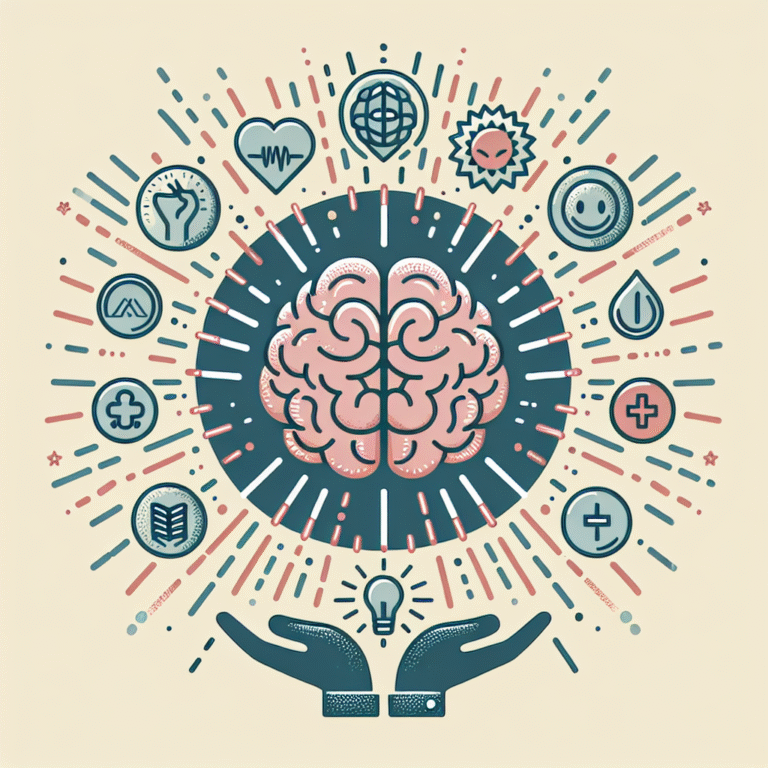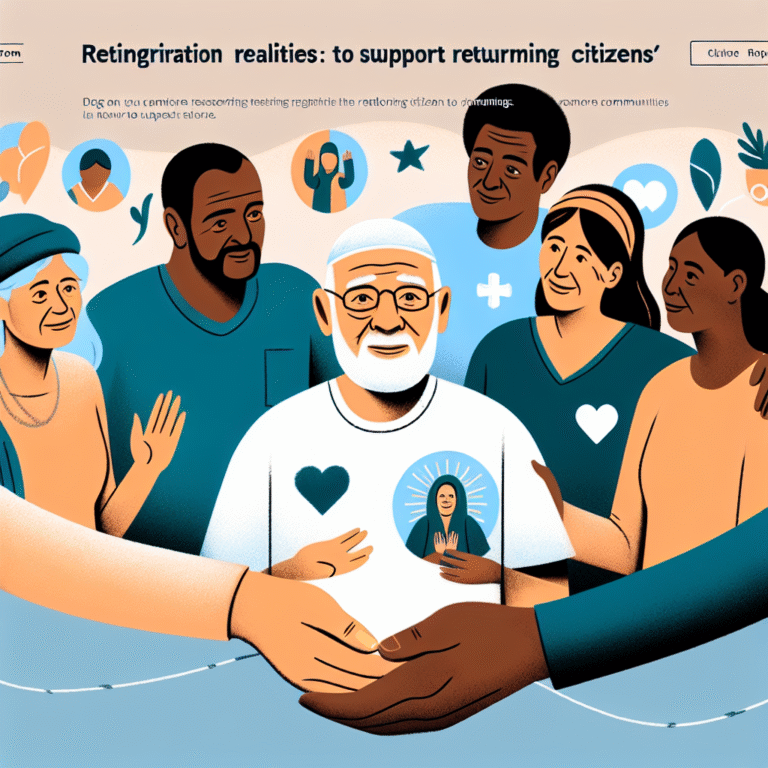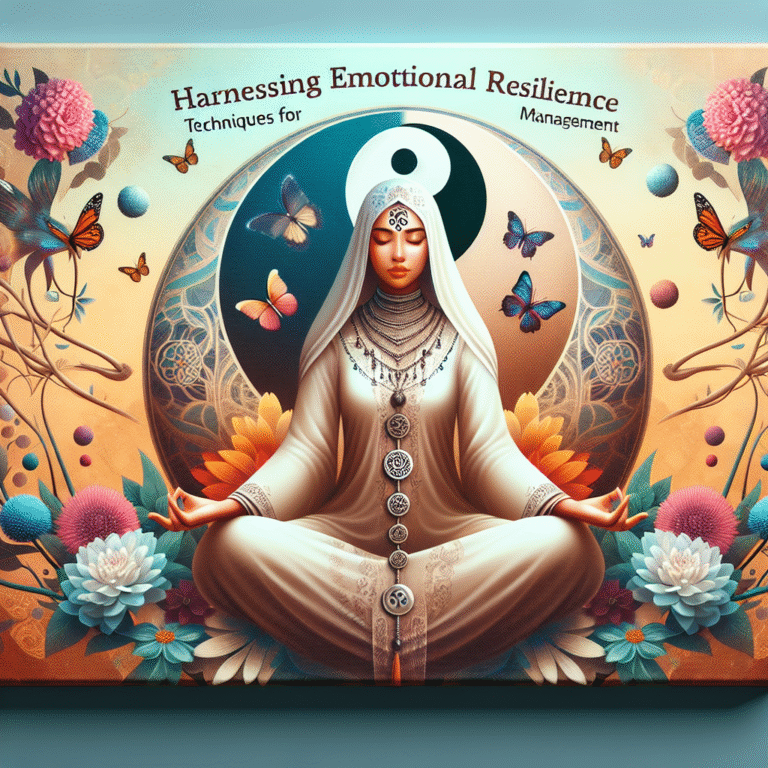
Introduction
In today’s fast-paced world, happiness often feels like an elusive goal, slipping through our fingers just as we think we’ve grasped it. Yet, understanding happiness is not merely about the temporary pleasures we experience; rather, it’s a multifaceted quality of life that encompasses emotional, social, financial, and environmental aspects. Measuring Happiness: The Key Indicators of Quality of Life goes beyond personal feelings and taps into broader indicators that can provide a clearer understanding of what truly makes a society thrive.
In this article, we will explore the various dimensions of happiness, delve into proven methodologies for measuring it, highlight impactful case studies, and provide actionable insights into how these indicators can lead to improved quality of life for individuals and communities.
The Multidimensional Nature of Happiness
Happiness isn’t simply an individual sentiment but a complex interplay of various indicators that reflect the quality of life in a society. By categorizing these indicators, we can paint a more comprehensive picture of what happiness truly entails.
1. Emotional Well-being
At the heart of Measuring Happiness: The Key Indicators of Quality of Life lies emotional well-being. This encompasses how people experience their daily lives, their level of resilience to stress, and their overall emotional state.
- Case Study: Denmark
Denmark frequently ranks as one of the happiest nations globally, and studies reveal that this is largely due to a strong sense of community and emotional support among citizens. The "hygge" lifestyle promotes well-being through shared experiences, connection, and mindfulness.
2. Social Relationships
Humans are inherently social creatures, and the quality of our social relationships significantly impacts our happiness.
- Research Insights
Studies show that close relationships with family, friends, and community can act as a buffer against stress and contribute to a fulfilled life. In nations like Japan, where communal activities are highly valued, happiness levels are notably high.
3. Economic Stability
Economic factors are deeply interwoven into the fabric of societal happiness. More than just income, economic stability includes factors such as job security, access to healthcare, and financial freedom.
- Analysis: The Nordic Model
Nordic countries exemplify how balanced taxation and strong social safety nets can empower citizens, promoting equality and happiness through economic stability.
4. Physical Health
Physical well-being is a fundamental component of happiness. Good health enables individuals to pursue personal goals, engage socially, and maintain a positive outlook on life.
- Case Study: The Blue Zones
Places like Ikaria in Greece and Okinawa in Japan, known as Blue Zones, showcase how active lifestyles, wholesome diets, and strong social ties contribute to prolonged happiness and longevity.
5. Environmental Quality
Living in a safe and clean environment can influence mental well-being and happiness. Air quality, green spaces, and access to nature can provide vital benefits to an individual’s quality of life.
-
Interactive Chart: Happiness and Environment Country Air Quality Index Average Happiness Score Denmark 23 7.8 Greece 42 6.9 China 84 5.1
Measuring Happiness Effectively
To accurately assess happiness and its influence on quality of life, various methods and tools have been developed. Key among these include:
1. Surveys and Questionnaires
Surveys like the World Happiness Report compile data from various sources, including Gross Domestic Product (GDP), social support, life expectancy, freedom to make life choices, generosity, and perceptions of corruption. These elements create a comprehensive score that reflects national happiness.
2. Qualitative Research
Interviews and focus groups add depth to the understanding of happiness. For example, exploring personal narratives can reveal how cultural contexts impact individual happiness stories, leading to richer insights.
3. Happiness Indexes
Several indexes, such as the Happy Planet Index and the OECD Better Life Index, offer frameworks that relate happiness to sustainable development indicators, showing the interplay between environmental health and personal well-being.
4. Real-time Data Collection
Technological advancements have made it possible to capture real-time happiness through mood-tracking apps. These apps gather data about users’ feelings and experiences as they navigate their daily lives, contributing to more personalized assessments of happiness.
The Role of Government and Policy
Government plays a pivotal role in fostering happiness through policy-making that enhances the quality of life.
1. Public Policies
Governments can implement policies that encourage social welfare, economic equity, and environmental conservation, thereby enhancing the overall happiness of citizens.
- Example: Bhutan’s Gross National Happiness Index
Bhutan is a pioneer in measuring happiness as a governance tool through its Gross National Happiness Index, which prioritizes the well-being of its citizens over mere economic growth.
2. Community Engagement
Encouraging community programs that promote social interaction and mental health can lead to significant improvements in happiness levels.
- Case Study: Canada’s Community Programs
Programs such as “Neighbourhood Connect” in Canada foster social ties and support networks that have demonstrably increased community happiness.
Conclusion
Measuring happiness and understanding the key indicators of quality of life is not merely an academic exercise; it is essential for informed decision-making, policy formation, and individual development. The insights gained from this analysis can guide governments, organizations, and individuals towards nurturing environments that promote well-being.
As we begin to focus on Measuring Happiness: The Key Indicators of Quality of Life, we can take actionable steps toward a more fulfilling existence—be it through fostering relationships, protecting our environment, or promoting economic equity. Ultimately, happiness is both a personal journey and a collective responsibility toward creating a better world for all.
FAQs
1. What are the most important indicators of happiness?
The most important indicators include emotional well-being, social relationships, economic stability, physical health, and environmental quality.
2. How can governments measure the happiness of their citizens?
Governments can use surveys and indexes that assess various factors contributing to quality of life, such as economic conditions, social support, and health metrics.
3. Why is emotional well-being crucial for overall happiness?
Emotional well-being influences how we perceive our lives and cope with stress. Strong emotional health contributes to resilience and overall life satisfaction.
4. Are happiness surveys reliable?
While they may vary in methodology, well-structured surveys can provide valuable insights when supplemented with qualitative data and contextual understanding.
5. How can individuals enhance their own happiness?
Individuals can boost their happiness by nurturing relationships, engaging in physical activity, practicing mindfulness, and contributing positively to their communities.
Through exploring the intricacies of happiness, we can grasp a profound understanding of what truly constitutes a life worth living. By harnessing the key indicators discussed, we can create a world where happiness thrives.


















